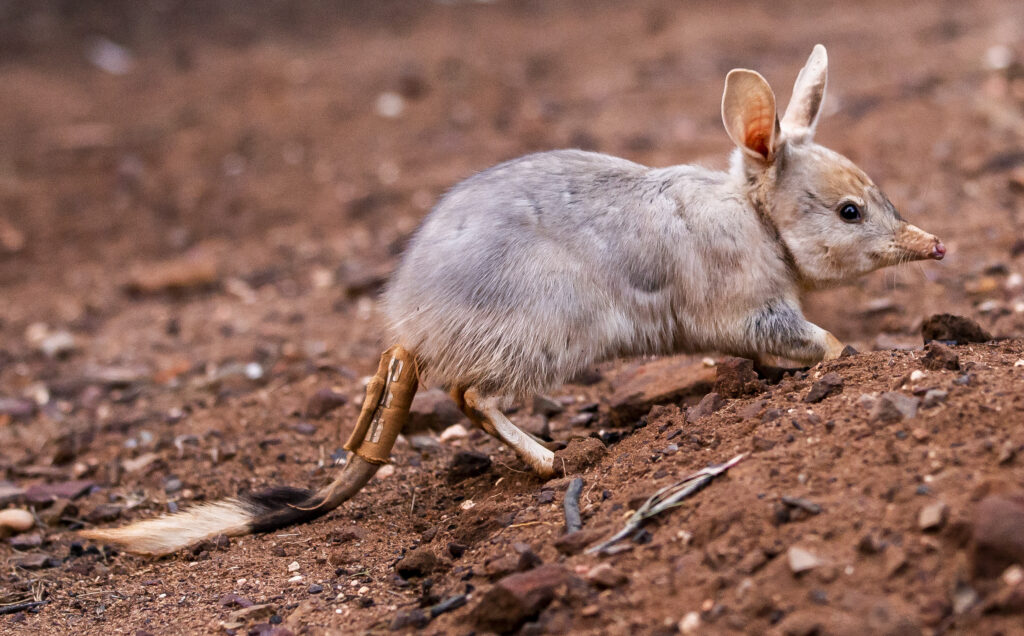Introduction
In this episode of The Position Update podcast, host Matthew Holland explores the innovative use of tracking technology in the conservation of the endangered Bilby, a small desert-dwelling marsupial native to Australia. Dr. Kate Cornelson from the University of New South Wales joins the discussion to share insights from her study on Bilby behavior and habitat requirements, conducted in collaboration with the Taronga Conservation Society Australia.
Background and Study Objectives
Bilbies, once widespread across Australia, have seen a significant decline in their population due to habitat loss and predation by introduced species. With less than 10,000 Bilbies remaining in the wild, Dr. Cornelson’s research aims to understand their behavior and habitat needs to support reintroduction efforts. The study was conducted at a large sanctuary at Taronga Western Plains Zoo, providing a controlled environment to observe these elusive nocturnal creatures.
Tracking Technology and Methodology
To gather detailed data on Bilby movements, the research team used a combination of GPS and VHF tracking devices attached to the animals’ tails. These devices, weighing less than 1% of the Bilbies’ body weight, allowed the researchers to remotely monitor the animals’ locations at predefined intervals. The data collected included GPS coordinates, temperature, and timestamps, which were analyzed using software like QGIS and R to map and understand habitat preferences and movement patterns.
Key Findings and Behavioral Insights
The study revealed significant differences in the movement patterns of male and female Bilbies, with males covering larger areas. The data also showed variability in soil selection for burrowing, with Bilbies using both sandy and clay soils, indicating diverse habitat use. Additionally, the research highlighted that Bilbies in the temperate zone were less reliant on water sources compared to their arid-zone counterparts, possibly due to higher food moisture content.
Challenges and Lessons Learned
Implementing tracking technology in a wild environment posed several challenges. The team encountered issues with device durability, such as antennas snapping and water ingress into the devices. These challenges underscored the importance of considering environmental factors and device resilience in wildlife studies. Dr. Cornelson emphasized the need for robust and lightweight tracking devices with extended battery life and additional features like proximity sensors.
Future Directions and Conservation Impact
Dr. Cornelson’s ongoing research aims to publish detailed findings on Bilby social networks and habitat use. She hopes to expand her studies to other lesser-known species and contribute to broader conservation efforts. The use of advanced tracking technology continues to play a crucial role in understanding and protecting endangered species like the Bilby, providing valuable data to inform conservation strategies and improve reintroduction success rates.
Conclusion
The use of GPS and VHF tracking technology has provided unprecedented insights into the behavior and habitat needs of Bilbies. Dr. Cornelson’s research highlights the importance of innovative approaches in wildlife conservation, offering hope for the future of this endangered species. By leveraging advanced technology and collaborative efforts, conservationists can better protect and restore Bilby populations in their natural habitats.
For more information on Bilby conservation and to support ongoing research, visit the University of New South Wales and the Taronga Conservation Society Australia websites.
